Home » Quail Species » Bobwhite Quail Hunting » FDA-Approved QuailGuard Treats Cecal Worms And Eyeworms In Wild Bobwhite Quail
FDA-Approved QuailGuard Treats Cecal Worms And Eyeworms In Wild Bobwhite Quail
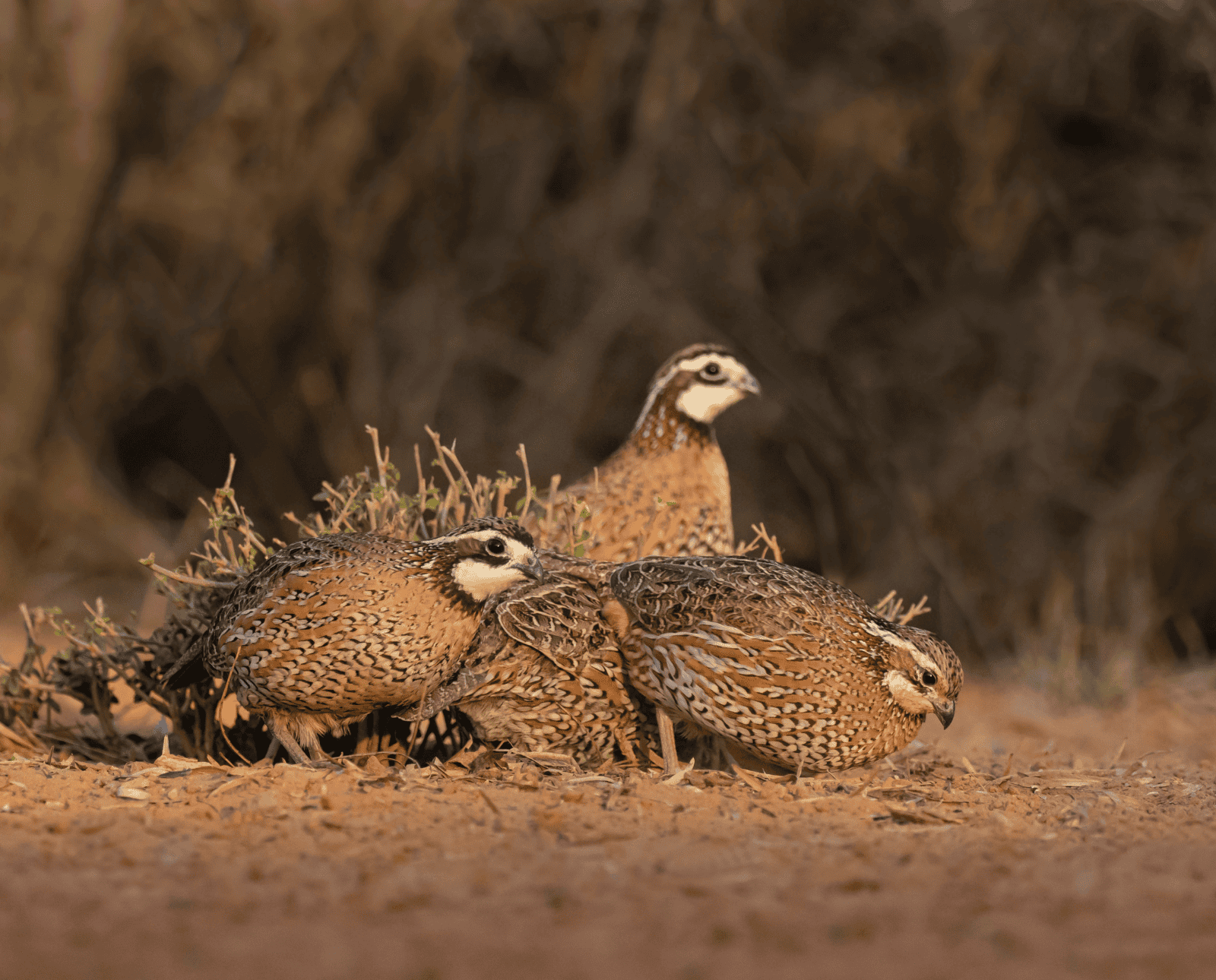
Gabby Zaldumbide is Project Upland's Editor in Chief. Gabby was…
Researchers in Texas Tech’s Wildlife Toxicology Lab developed a medicated feed that kills parasites in wild bobwhite quail.
For bird enthusiasts, hearing about the negative impacts of habitat loss on bobwhite quail isn’t anything new. In fact, this issue has been largely blamed for North America’s shrinking bobwhite population. However, parasites may have a larger effect on wild quail than previously thought, especially in Texas and Oklahoma.
“Something happened,” said Dr. Ron Kendall, the founder of Texas Tech’s Wildlife Toxicology Lab. “We saw innumerable quail in the summer of 2010. Conditions were perfect. But by that fall, the quail were gone.” That year, biologists, wildlife managers, researchers, hunters, and sportsmens foundations rallied together and launched “Operation Idiopathic Decline.”
The operation brought together multiple universities. Scientists explored the potential causes of the quail population crash. “We looked at pesticides, environmental contaminants, viruses, bacteria, and parasites,” said Dr. Kendall. “Lo and behold, we saw these parasitic worms called helminths in the birds.”
At that time, scientists didn’t know what helminth infections meant for wild quail. Dr. Kendall’s lab delved into scientifically studying what these worms were and their impacts on wild bobwhite quail populations.
Dr. Kendall and his team of graduate students have been measuring the impacts of cecal and eyeworms in wild bobwhite quail for over a decade. Specifically, they have been looking at two nematodes, Oxyspirura petrowi (an eyeworm) and Aulonocephalus pennula (a cecal worm). As it turns out, these nematodes significantly decrease quail health and survival. Thankfully, Dr. Kendall has also created a solution for treating wild quail for parasites, and it has huge conservation implications.
The Creation of QuailGuard
Dr. Kendall’s research heavily documents parasitic infestations in bobwhite quail in West Texas and Oklahoma. Eyeworm infection levels range from 60 to 70 percent. When it comes to cecal worms, an estimated 90 percent of quail are infected. Worm infections may be a significant factor in the decline of bobwhite, particularly in the Rolling Plains region. In addition to documenting the effect of helminths in quail, these researchers have found that anthelmintic treatments effectively manage parasitism in bobwhite populations.
In order to make anthelminthic treatments widely available and easy to administer, Dr. Kendall created a medicated quail feed called QuailGuard®. Armed with strong scientific evidence that QuailGuard successfully and safely treats wild quail for cecal and eyeworms, Dr. Kendall achieved FDA-approval for this feed. In fact, QuailGuard is the first commercially available medicated feed treatment for a wild animal in its natural habitat.
Not only is this medicated feed helping bobwhite quail survive, the majority of every dollar spent on its purchase goes straight back to wildlife conservation. The majority of royalties from its sale goes straight back to the Park Cities Quail Coalition and its efforts to research and educate the public about quail.
It’s extremely rare to have a product like this available to the public. Private landowners interested in administering QuailGuard have an opportunity to both restore and sustain their local bobwhite quail population and give back to the birds.
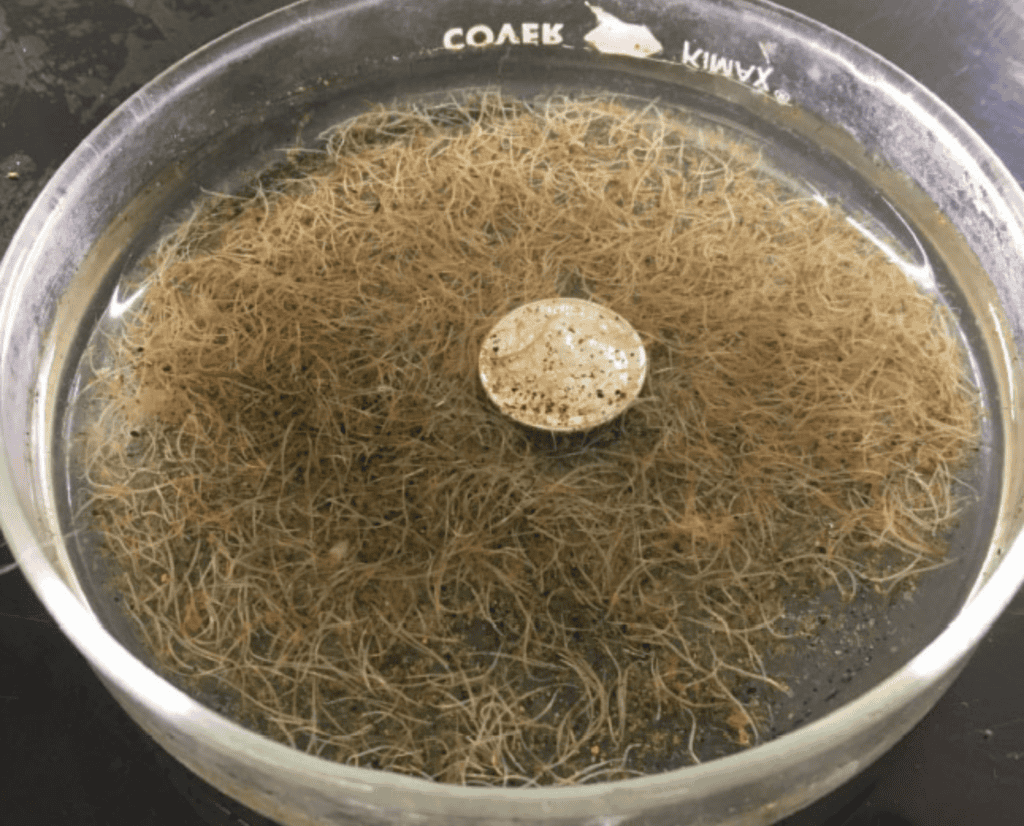
Cecal Worms In Bobwhite Quail
Cecal worms are a type of helminth that resides in a bird’s cecum, an organ that’s part of avian digestive systems. Bobwhite quail infected with Aulonocephalus pennula experience several adverse effects, which can impair their overall health and fitness.
“Cecal worms are 92 percent related to the roundworm in dogs,” said Dr. Kendall. “If you don’t deworm dogs, they’ll start to lose weight, lose hair, and get lethargic and sickly. Then, they’ll die. This is what’s happening to the quail, too. We’ve documented over 1,700 worms in a single bird.”
Nutrient Deficiencies
Because cecal worms parasitize birds’ digestive tracts, one side effect that quail experience are nutritional deficiencies. Cecal worms feed on the digesta, or partially digested food, within the cecum. In laymen’s terms, these worms take food away from their host. According to Dr. Kendall’s research, this disrupts digestion and nutrient absorption in quail.
Poor Body Condition
Due to their decreased ability to absorb nutrients from their food, quail also experience poor body conditions. Quail handled by Dr. Kendall’s lab for research purposes were given a score based on their body condition. Body conditions were rated between 1 and five, five being the best and representing quail with pectoral muscles that protrude past the keel. One signified a quail whose muscles laid concave against the bird’s keel, depicting muscular atrophy.
Images comparing a healthy quail’s breast and a malnourished quail’s breast are available on the QuailGuard website.
Increased Predation
As sick quail weaken, they are more susceptible to predation. Their vulnerability increases as their ability to fly away decreases.
“Bird dogs were pointing quail and catching them. Caught birds were emaciated; they couldn’t even fly,” said Dr. Kendall. “Most quail won’t get to the point where a bird dog catches them because they’ve already been killed by a hawk or another predator.”
Similarly, poor physical conditions can impact breeding rates, too. When combined, the effects of increased predation and a shrinking breeding population spell disaster for wild quail. At high prevalence and intensity, cecal worms can act as a regulatory factor, contributing to population declines by increasing mortality and reducing fitness in individual quail.
Eyeworms In Bobwhite Quail
Eyeworms are exactly what they sound like—worms that live in the eyes. “These worms are not small,” said Dr. Kendall. “An adult female eyeworm can stretch across a penny. If you extrapolate that out to humans, that worm would be the size of a toothpick.” Dr. Kendall continued, saying that once worm numbers increase to 10 to 20 worms in one eye, you can see the hemorrhaging without a microscope. “The pain has got to be excruciating,” he said.
Eyeworm eggs are spread via quail droppings. Insects then eat said droppings, and those eggs hatch inside the insect’s body. “Guess what quail like to eat? Crickets. Grasshoppers,” said Dr. Kendall. “Once a quail eats an infected cricket, about 10 minutes later, those eyeworm larvae exit the cricket, enter the crop, migrate up the esophagus, and enter the eye.” These long-lived worms will parasitize that quail until the bird dies.
Unsurprisingly, quail infected with Oxyspirura petrowi suffer from a range of health issues.
Physical Eye Damage
Eyeworms cause physical damage in their hosts. This means quail with eyeworms sustain eye tissue damage from the presence of these parasites. The side effects include reduced vision and behavior changes, which have population-level impacts.
In quail, eyeworms reside in a small gland called the harderian gland. In general, It’s located in the rear compartment of the eye. There, these worms feed at the harderian gland, erode the cornea, and inflame the eye. As a result, that quail’s eyesight deteriorates. In worst-case scenarios, quail become blind.
Behavioral Changes
As infected birds deal with their parasites, their behavior changes. They increasingly scratch at their irritated eyes. In some birds, this looks like excessive grooming. Eventually, this scratching decreases the amount of time the bird spends foraging, which can reduce energy levels and body condition. Sluggish, sick birds don’t reproduce, and infected quail populations suffer as a result.
Quail who are losing their eyesight also can’t forage, evade predation, or navigate their habitat effectively. “One ranch used to wear my phone out, calling me saying that they had yet another quail that flew into the window and died,” said Dr. Kendall. After treating that ranch with QuailGuard, those landowners told Dr. Kendall that they haven’t had a single quail hit their windows since.
“It’s blindness,” he continued. “If something impairs a quail’s vision or energy level, that quail won’t survive. The eyeworms themselves don’t kill birds; the birds don’t make it that far.”
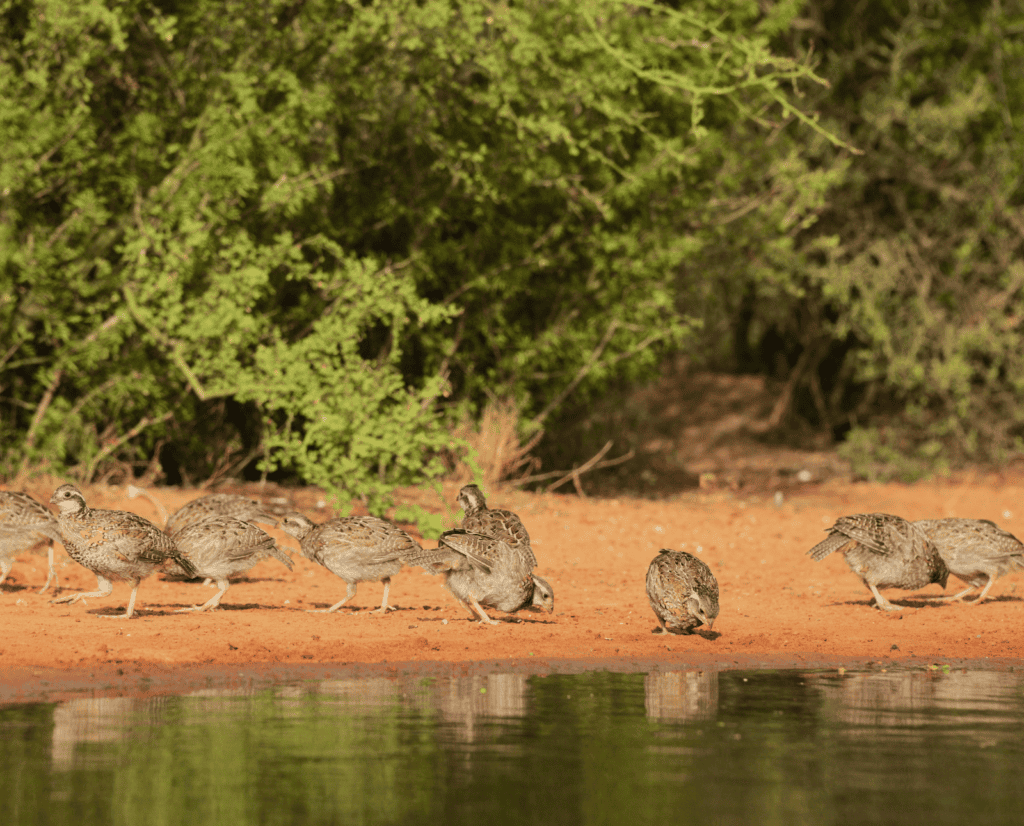
QuailGuard Is A Solution
Because quail are a very social species, infections spread remarkably fast. “In one county, in a matter of weeks to a couple of months, you can go from almost no infection to 95 percent of the quail being infected,” said Dr. Kendall. “Can worms take out quail in an entire region? The answer is yes.”
Dr. Kendall and his graduate students came to the conclusion that they needed to figure out a way to kill these worms. But how could they kill the worms without harming the quail? Ultimately, their solution manifested in the form of FDA-approved QuailGuard.
“I’ve never worked on something so hard in my life,” said Dr. Kendall. Just the FDA-approval process took eight years, let alone developing the feed and perfecting its administration. But thanks to their hard work, the feed is available to the public today.
Purchasing And Administering QuailGuard
QuailGuard is a feed medicated with fenbendazole, an anthelminthic medicine. QuailGuard is administered to wild quail populations via Quail Safe Feeders, another product developed by Dr. Kendall, in collaboration with his son Ron James Kendall, Jr. (Ronnie), to patent and commercialize through Ronnie Kendall’s company. These feeders exist in an enclosed system, so quail coveys are protected from predation when feeding on QuailGuard. The birds know it, too; researchers have documented quail loafing in Quail Safe feeders.
Best practices for providing QuailGuard to infected quail populations include:
- Using one Quail Safe Feeder every 200 acres.
- Administering QuailGuard during two three-week treatment periods. Specifically, between March 1 and May 1 and again between August 1 and October 1.
- Feeding QuailGuard for 21 consecutive days, as approved by the FDA.
For folks looking to purchase QuailGuard, the best way to do so is by ordering it from Bryant Grain. Using the company’s dealer network map, contact your local Bryant Grain dealer and put in a request for QuailGuard. However, before placing orders, it’s recommended that you test the bobwhite on your property for worms first.
Dr. Kendall recommends doing a Pressure Method field test or having a lab conduct a necropsy. The Pressure Method has a 70 percent correlation rate with a full necropsy and is very simple to do. You can learn how to do a Pressure Method field test using this QuailGuard video. But be warned: the images of eyeworms are graphic.
Quail Treated With Fenbendazole Are Safe To Eat
“Fenbendazole clears the quail’s body very quickly when it’s taken away,” said Dr. Kendall. “It’s safe for a human to eat that quail after treatment. In fact, it’s right on the label: No Withdrawal Period.”
According to the QuailGuard website, the FDA verified that fenbendazole, the active ingredient in the medicated feed, “dissipates within the tissue of the quail in less than 24 hours.” Additionally, the two application periods that Dr. Kendall recommends for wild quail end before the beginning of Texas’s quail season.
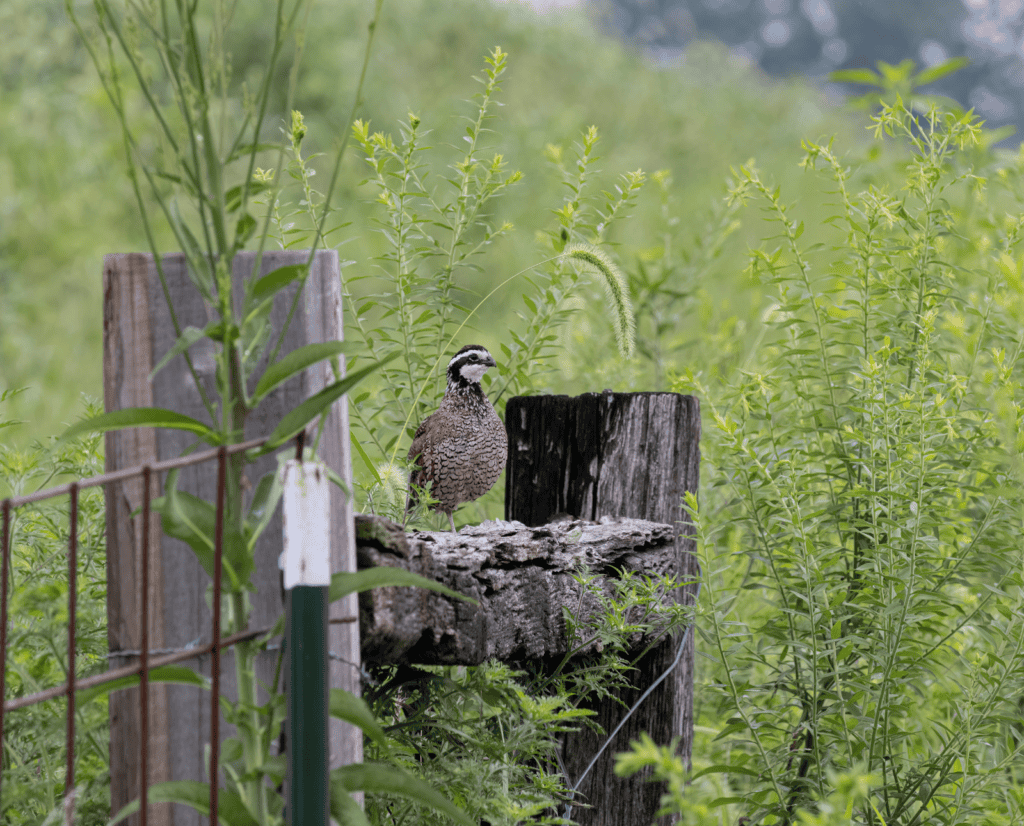
QuailGuard Is A Great Option For Private Lands With Infected Quail
During the development stage, Dr. Kendall’s lab tested QuailGuard on several privately owned ranches in Texas and Oklahoma, as approved by the FDA. Those landowners found that their quail populations rebounded, some of them by over 300 percent. Today, these ranches are able to sustainably offer guided bobwhite hunts on their properties. These landowners have been delighted about the return of this iconic upland bird.
“Wild quail hunting in Texas is enormously important, both economically and culturally,” said Dr. Kendall. “Quail used to be all across East Texas. The Rolling Plains ecoregion in West Texas is one of the last major strongholds of wild quail hunting in America. Quail hunting brings economic benefits to small towns in Texas from all over the world. Hunting these birds is a tradition that embeds environmental ethics in those who chase them, but now the wild quail are nearly gone.”
Private lands with high-quality habitat are hugely important to wildlife conservation, especially that of upland birds. If you live in this region and have bobwhites on your property, consider examining them for worms and, if needed, getting them treated. Prospective landowners are encouraged to reach out to info@quailguard.com with questions or requests for assistance.
Gabby Zaldumbide is Project Upland's Editor in Chief. Gabby was born in Maryland and raised in southern Wisconsin, where she also studied wildlife ecology at the University of Wisconsin-Madison. In 2018, she moved to Gunnison, Colorado to earn her master's in public land management from Western Colorado University. Gabby still lives there today and shares 11 acres with eight dogs, five horses, and three cats. She herds cows for a local rancher on the side.

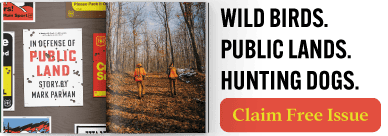
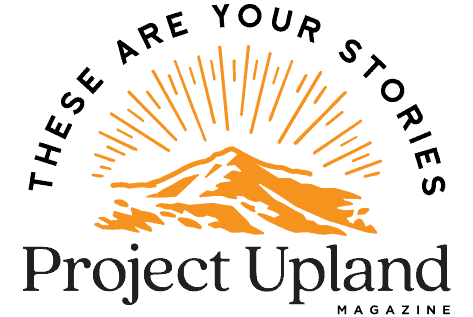
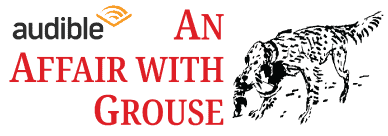
Hunting mostly ruffed grouse and woodcock in northern Michigan I no longer see quail. But like most upland hunters I love all birds and was so delighted to read this hopeful article and learn about this new treatment. Thanks for sharing it.
There is some misinformation in this article and it is misleading.
Hi James! Can you explain what elements of this piece are misleading? This article was reviewed and OK’ed by the researchers involved, so it was my understanding that its information is accurate. Spreading misinformation is not something we aspire to do, so if you can help me understand which parts are inaccurate, I’d love to update this piece. Thanks!
Hello Gabriela,
Thanks for responding. I would be glad to talk over a Zoom call about this. But as a first example, take this statement: “It’s clear that worm infections are a significant factor in the decline of bobwhite, especially in the Rolling Plains region.” It is not clear this is the case. There is no conclusive evidence that parasites have contributed to the decline in any major way. Habitat loss is the major factor. There is not a peer reviewed article that establishes causation between these parasites and bobwhite fitness. Without that, this is all circumstantial evidence.
Be glad to discuss more. My email is jmart22 at uga dot edu.
Hey James, thanks for responding and providing your contact info!
For what it’s worth, this lab published this information in “Northern bobwhite (Colinus virginianus) population response to anthelminthic treatment in the Rolling Plains ecoregion of Texas, 2014–2016” and “Response of Northern bobwhite (Colinus virginianus) and two parasitic nematode populations in western Oklahoma to anthelmintic supplemental feed” in International Journal for Parasitology: Parasites and Wildlife. It’s my understanding that’s a peer-reviewed journal.
I particularly like the following quote from the Texas study’s abstract. I don’t think anyone’s saying habitat loss isn’t the core issue, more so that other factors are contributing to the decline and those aren’t receiving the same level of attention:
“Habitat loss and changing environmental conditions have been cited as major contributors to this decline, with factors such as parasites being considered inconsequential…Fall populations of bobwhite in the treated zone approached 300% of those in untreated areas, these findings suggest that parasites may have a more significant impact on quail populations in the Rolling Plains than previously suspected. With the importance of bobwhite as a game bird in the Rolling Plains, the potential impacts of parasites must be taken into consideration as a factor contributing to bobwhite declines.”
Hello again, Gabriela,
Yes, those papers are in peer-reviewed journals. However, they are severely flawed. You can read my review of one of them here: https://quaildoc.substack.com/p/a-critique-of-leach-et-al-2024.
My point that I raised earlier is that the entire parasite as a cause of bobwhite hypothesis decline hinges on parasites being a strong cause mortality and/or affecting fecundity AND it is more limiting than resource limitations and other forms of mortality. This hasn’t been established yet (and one day it may be) but until it is the sale of the feed and use of the feed is risky.
I appreciate your professionalism as we discuss this. You seem genuinely interested in getting the story straight.
Care to elaborate??
And what information would that be?
Thank you for sharing this information. Is quail guard currently available? Is it only through Bryant grain? It does not appear on their website. Could a producer formulate one’s own feed with the addition of a fenbendazole treatment?
Hi Jim, it is available. You’ll need to call your closest Bryant Grain dealer and special order it, according to this page on the QuailGuard website under “How to purchase QuailGuard” https://quailguard.com/usage/.
You can also email info@quailguard.com with any questions! 🙂
Thank you so much for this publication in Project Upland magazine. As a Texas Tech Alumni, I am pleased to see the Wildlife Toxicology Lab involved in identifying the probable cause of the Bob-White Quail population decline and working on a viable solution. I hunt primarily in Archer County, and I have noticed a significant decline in resident quail population over the past 10 years and have voluntarily not hunted for the past 7 seasons.
Please keep me informed about the success of the QuailGuard as a treatment for the Eyeworms and Cecal worms.